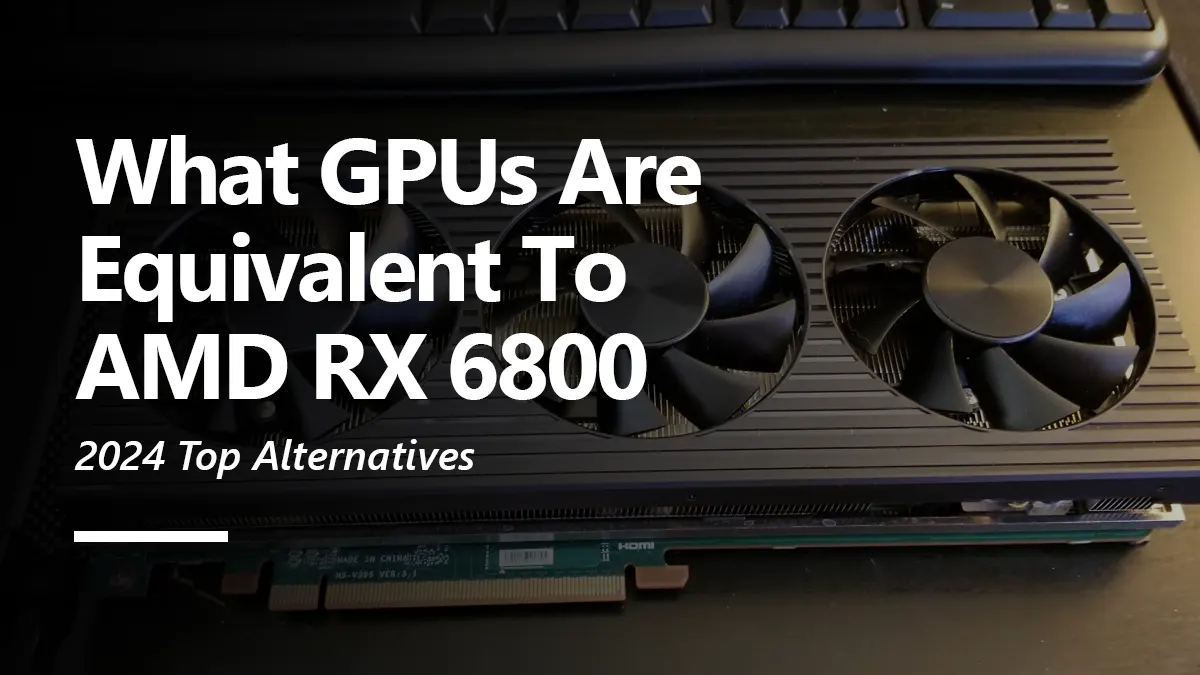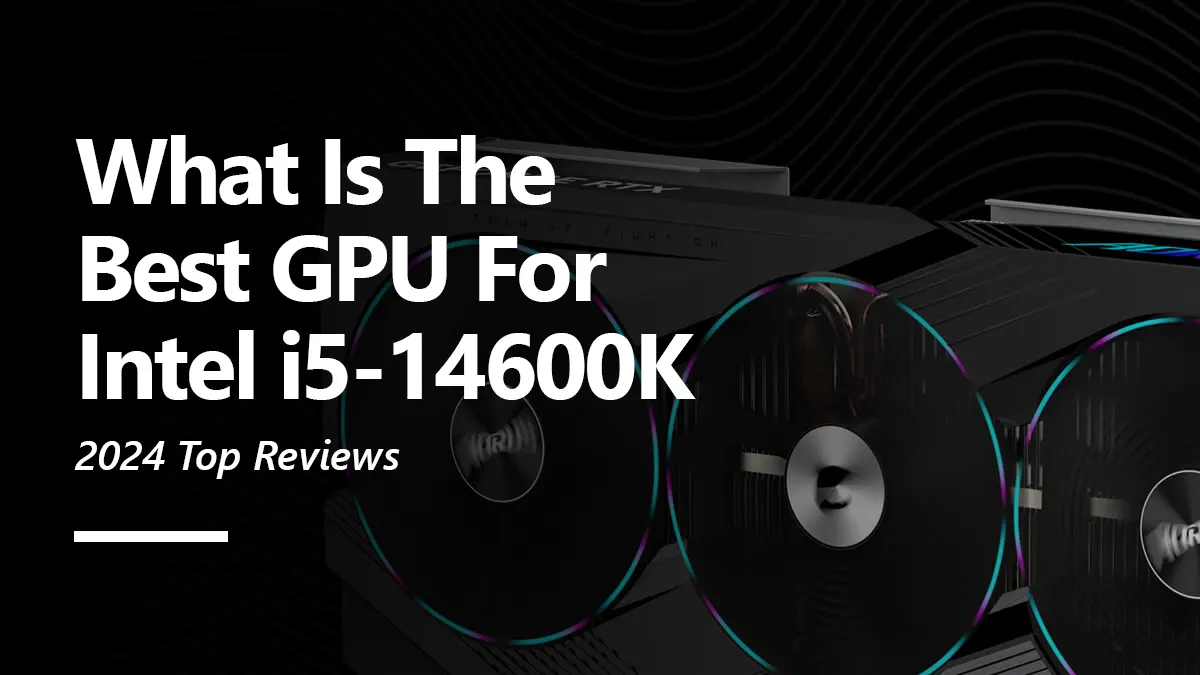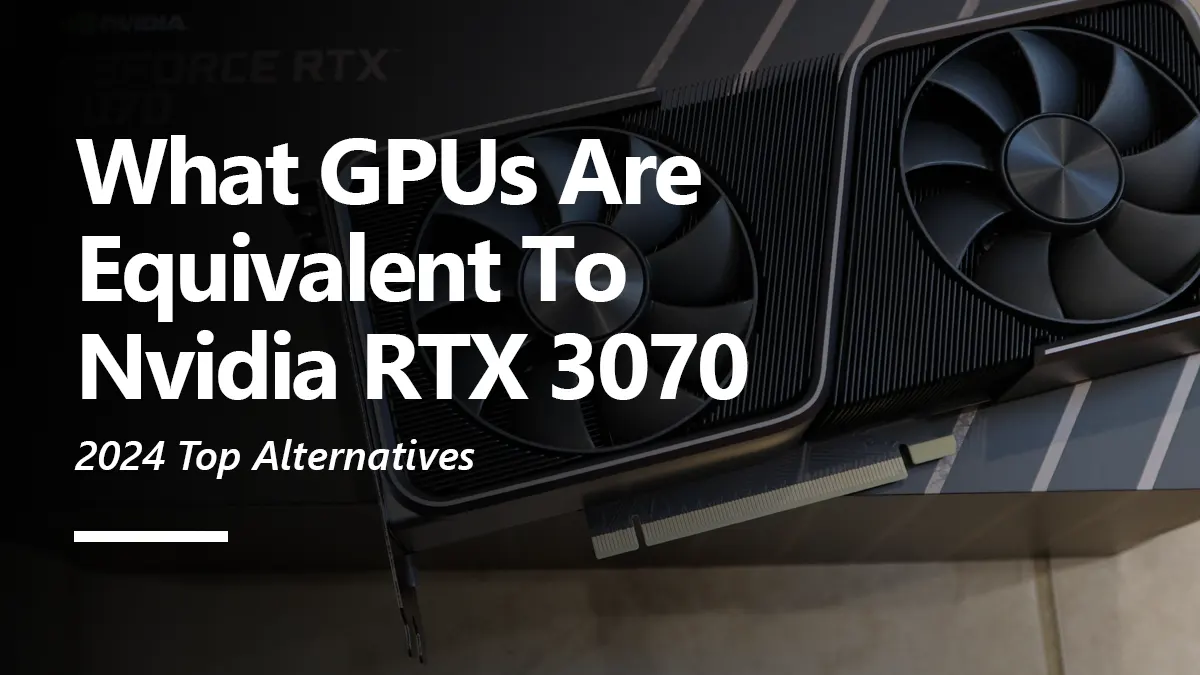Graphics cards comprise a significant chunk of the PC component market. Since Nvidia and AMD are the most notable names in manufacturing market-leading graphics processors, Intel is also trying its hand at manufacturing GPUs that will intrigue mainstream users and gamers. Intel’s answer to Nvidia’s RTX and AMD’s RX series of GPUs is its ARC series of graphics cards and dont forget to check out Iris Xe Equivalent GPU.
Intel is already respected for developing some of the most robust and powerful CPUs in the past 3 to 4 decades. With all its knowledge and counting on its reputation, Intel entered this competition guns blazing and introduced the consumer market to, the ARC 770, with an 8 Gig VRAM and 16 Gig VRAM variant.
The ARC 770 uses an “Alchemist Generation 12.7” Architecture, a 6nm TSMC-processed chip, and a not considerate TDP of 225W. This card marks its territory with an impressive 2400 MHz clock speed, GDDR6 memory, and a fierce contemporary core count that easily rivals Team Green’s and Red’s mid-range offerings.
In this article, we will tell you about some GPUs that you can directly compare to the ARC 770 for their performance, value, efficiency, and overall effectiveness. You will be surprised how well this Intel GPU stands against these well-known mid-range cards.
GPU equivalent to the A770
The ARC A770 goes head-to-head with the RX 6600 XT and RTX 3060 because despite it having higher cores and a higher VRAM than both of them, it still doesn’t stack up well against AMD and Nvidia’s latest 7000 and 4000 series. But proves to be an excellent alternative option for the RTX 3060 and RX 660 .
EVGA GeForce RTX 3060 XC
The RTX 3060 from EVGA proves to be an excellent competitor to the ARC 770 16GB variants due to its 12GB GDDR6 memory and somewhat close resemblance of Shading/CUDA and raytracing cores.
Utilizing the Ampere architecture, the 3060 boasts a balanced 1080p performance with 28 raytracing cores, around 3500 CUDA/Shading units, and 112 third-generation Tensor cores. These features might not be very intriguing in contrast to the RTX 40 series, but the 3060 still sees much use in gamers and consumers looking for a relatively better creative work efficacy.
Despite its bad reputation at launch, the 3060 presently provides good value for money, and with some proprietary updates and exclusive Deep learning super sampling and anti-aliasing technologies, it reasonably justifies its presence.
| Feature | EVGA GeForce RTX 3060 XC | Intel Arc A770 |
|---|---|---|
| Architecture | Ampere | Generation 12.7 |
| Core Clock (MHz) | 1320 MHz | 2100 MHz |
| Boost Clock (MHz) | 1882 MHz (+6%) | 2400 MHz |
| CUDA Cores | 3584 | 4096 |
| Memory Type | GDDR6 | GDDR6 |
| Memory Size (GB) | 12 GB | 16 GB |
| Memory Bus Width (bits) | 192 bit | 256 bit |
| Memory Speed (Gbps) | 1875 MHz 15 Gbps effective | 2000 MHz 16 Gbps effective |
| TDP (Watts) | 170 W | 225 W |
| DirectX Version | 12 Ultimate (12_2) | 12 Ultimate (12_2) |
| OpenGL Version | 4.6 | 4.6 |
| VR Ready | - | - |
| Ray Tracing Cores | 28 | 32 |
| Ports | 1x HDMI 2.1 3x DisplayPort 1.4a | 1x HDMI 2.1 3x DisplayPort 2.0 |
| Price | $301.50 | $369.29 |
ASUS DUAL RX 6600 XT OC
The RX 6600 XT is perhaps the most notable name of mid-range graphics cards and exists as AMD’s answer to the RTX 3060, with some neat qualities that aren’t usually seen in this price range.
The 6600 XT employs the RDNA 2.0 architecture and an 8GB memory capacity with GDDR6 memory type. It is a genuine 1080p GPU as it packs a punch of performance at that resolution but relatively struggles at 1440p. It has 2048 Shading Units and 32 ray accelerators.
Aside from its very questionable raytracing performance, this GPU is jampacked with sheer raw power that provides it an edge over the 3060 and ARC 770 in 1080p gaming. Its value for money is still unmatched and provides an edge in performance in all of your favorite triple-A titles.
| Feature | ASUS DUAL RX 6600XT OC | Intel Arc A770 |
|---|---|---|
| Architecture | RDNA 2.0 | Generation 12.7 |
| Core Clock (MHz) | 2000 MHz (+2%) | 2100 MHz |
| Boost Clock (MHz) | 2593 MHz | 2400 MHz |
| CUDA Cores | 2048 | 4096 |
| Memory Type | GDDR6 | GDDR6 |
| Memory Size (GB) | 8 GB | 16 GB |
| Memory Bus Width (bits) | 128 bit | 256 bit |
| Memory Speed (Gbps) | 2000 MHz 16 Gbps effective | 2000 MHz 16 Gbps effective |
| TDP (Watts) | 160 W | 225 W |
| DirectX Version | 12 Ultimate (12_2) | 12 Ultimate (12_2) |
| OpenGL Version | 4.6 | 4.6 |
| VR Ready | - | - |
| Ray Tracing Cores | 28 | 32 |
| Ports | 1x HDMI 2.1 3x DisplayPort 1.4a | 1x HDMI 2.1 3x DisplayPort 2.0 |
| Price | $349.99 | $369.29 |
Final Words
Now that the details are out of the way, let us give you our thoughts on the matter. The ARC 770 is a nice mid-range graphics card with good potential. Surprisingly enough, it manages better raytracing performance than the RTX 3060 and displays competitive gaming performance.
The ARC 770 is a good GPU and features substantial benefits of its own. But Intel’s dedicated GPU technology is still in its infancy and you might have to wait a bit for driver updates that will further optimize the GPU for modern games and contemporary usage.
As for now, you have all the details and can now build a system with two good alternative options that will surely deliver an exciting performance, as long as you pair them with a worthy processor, memory, and power supply.




